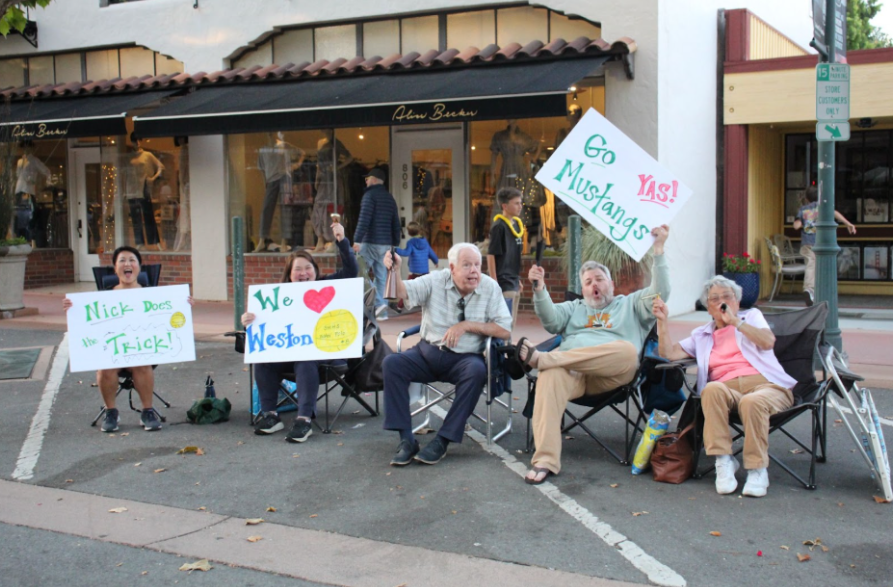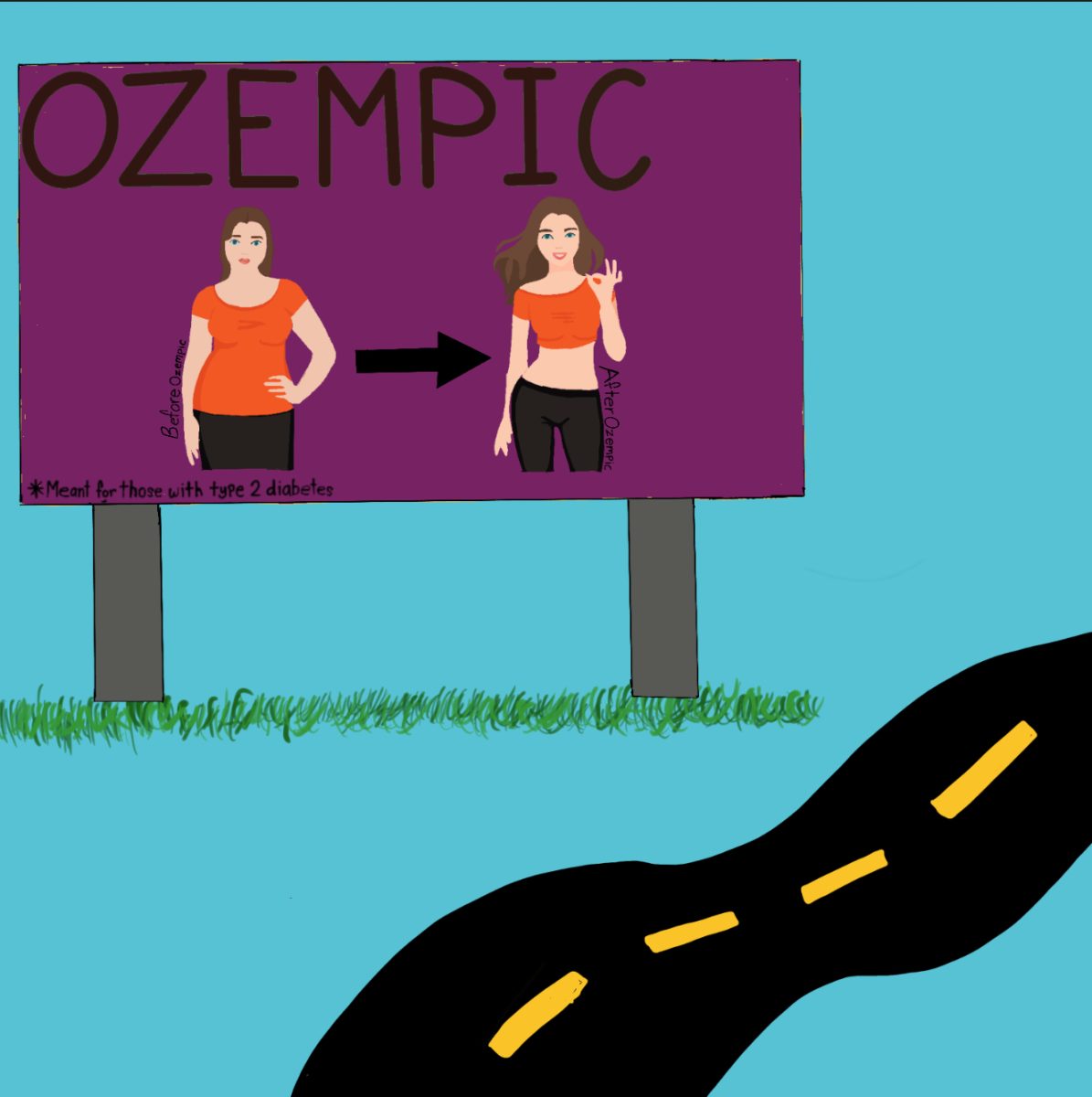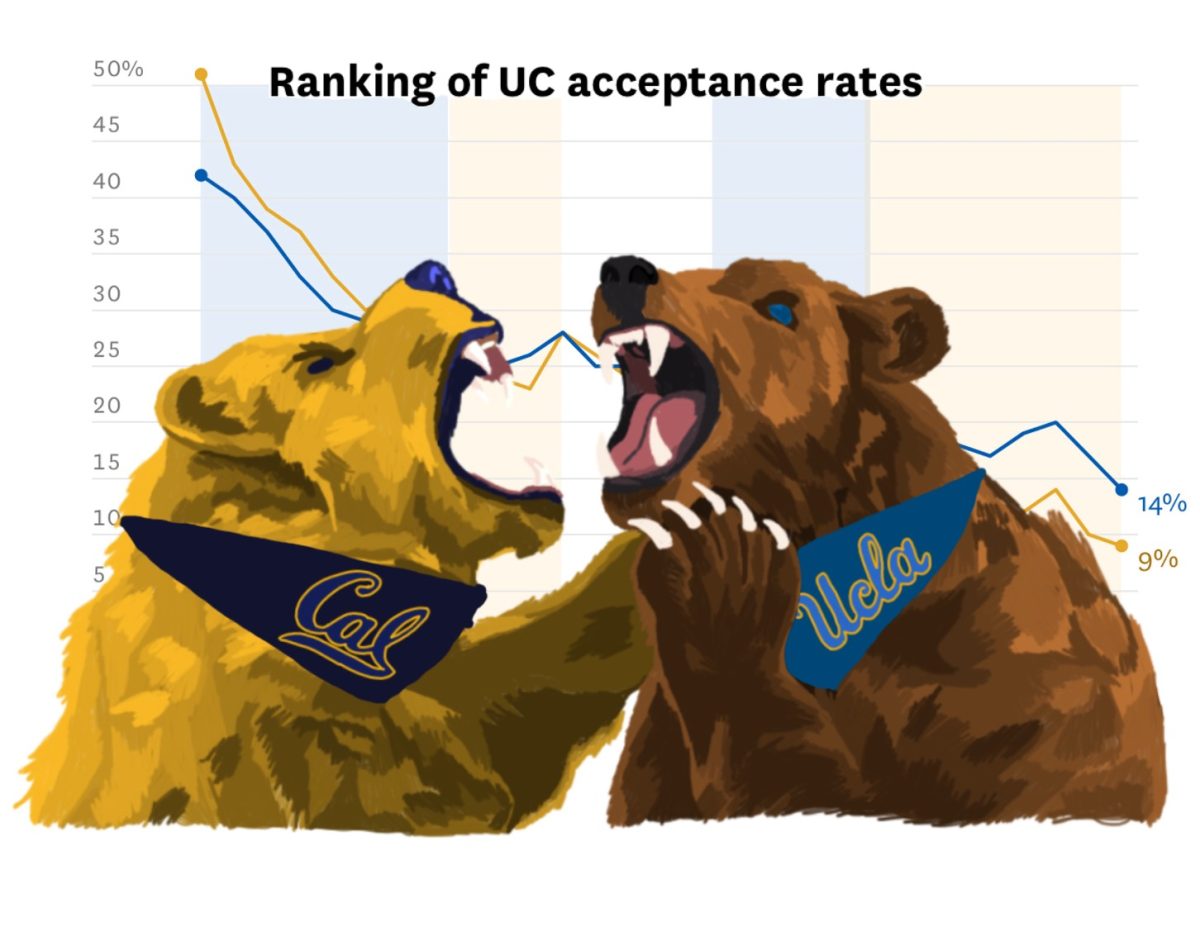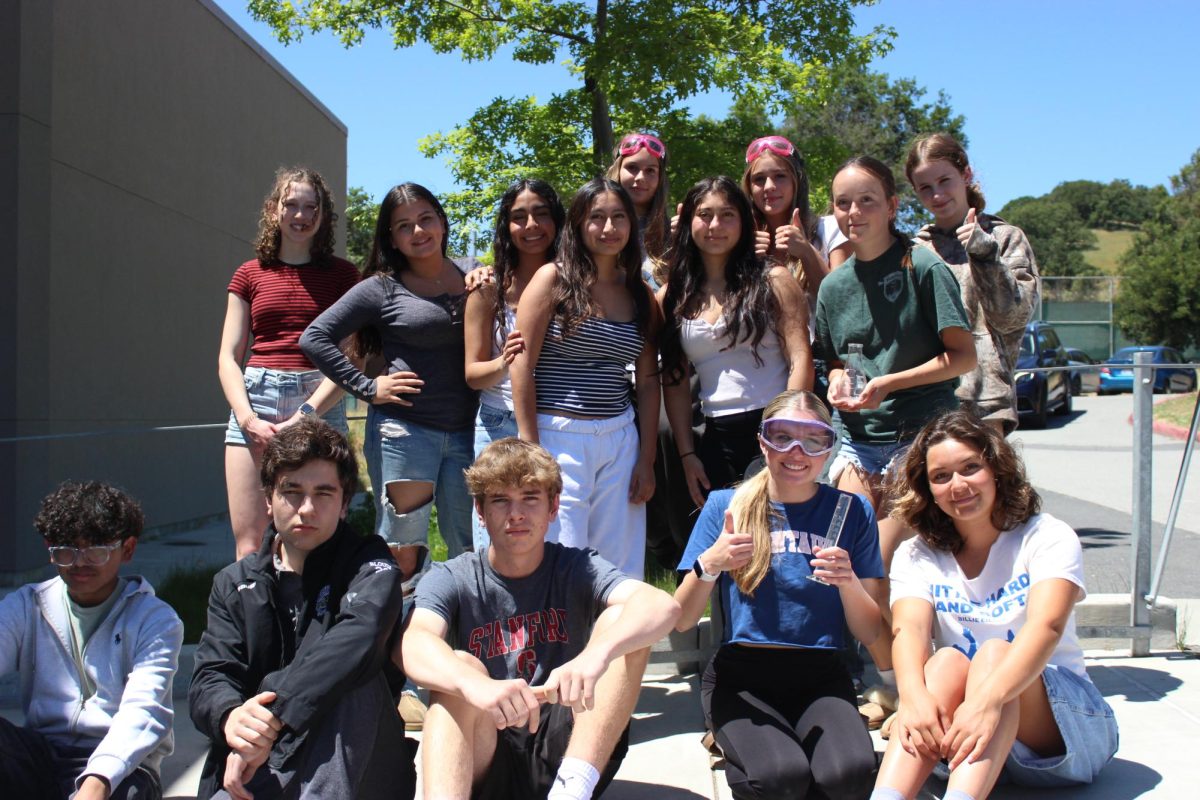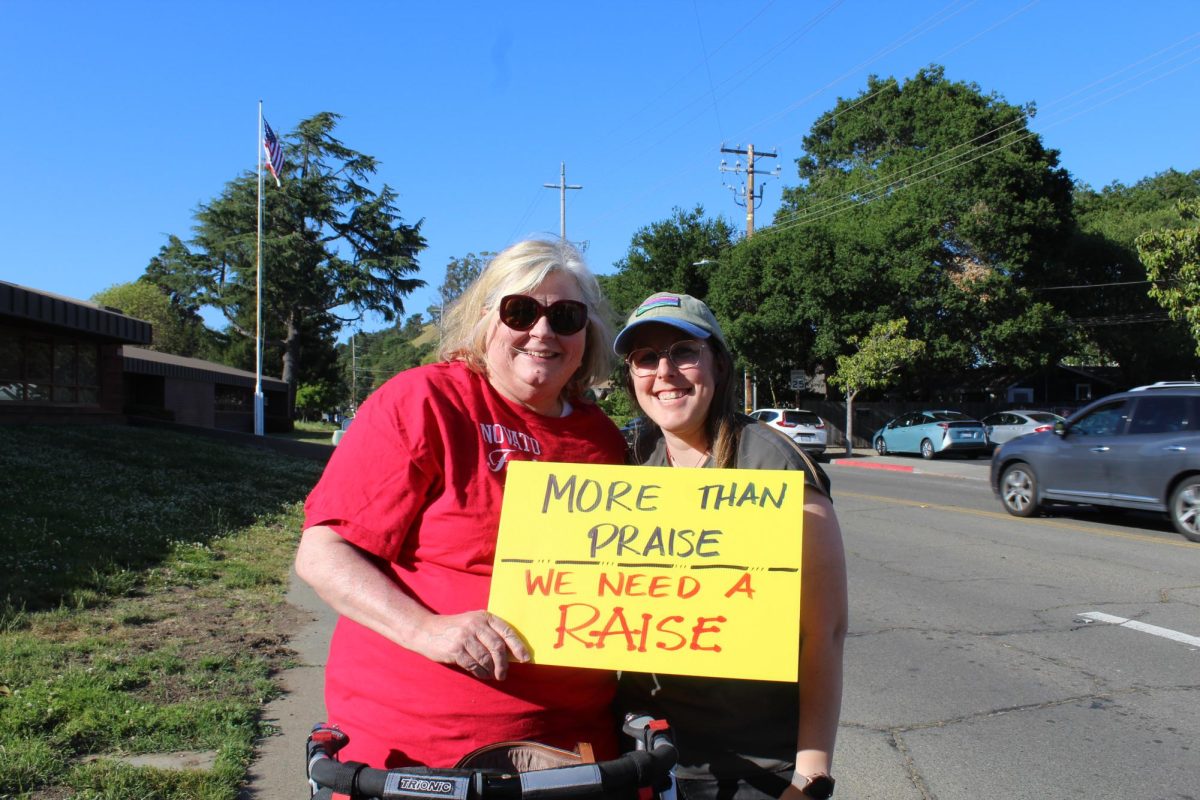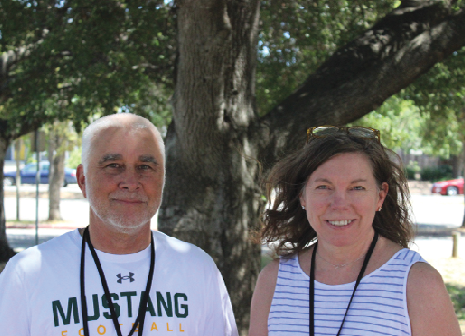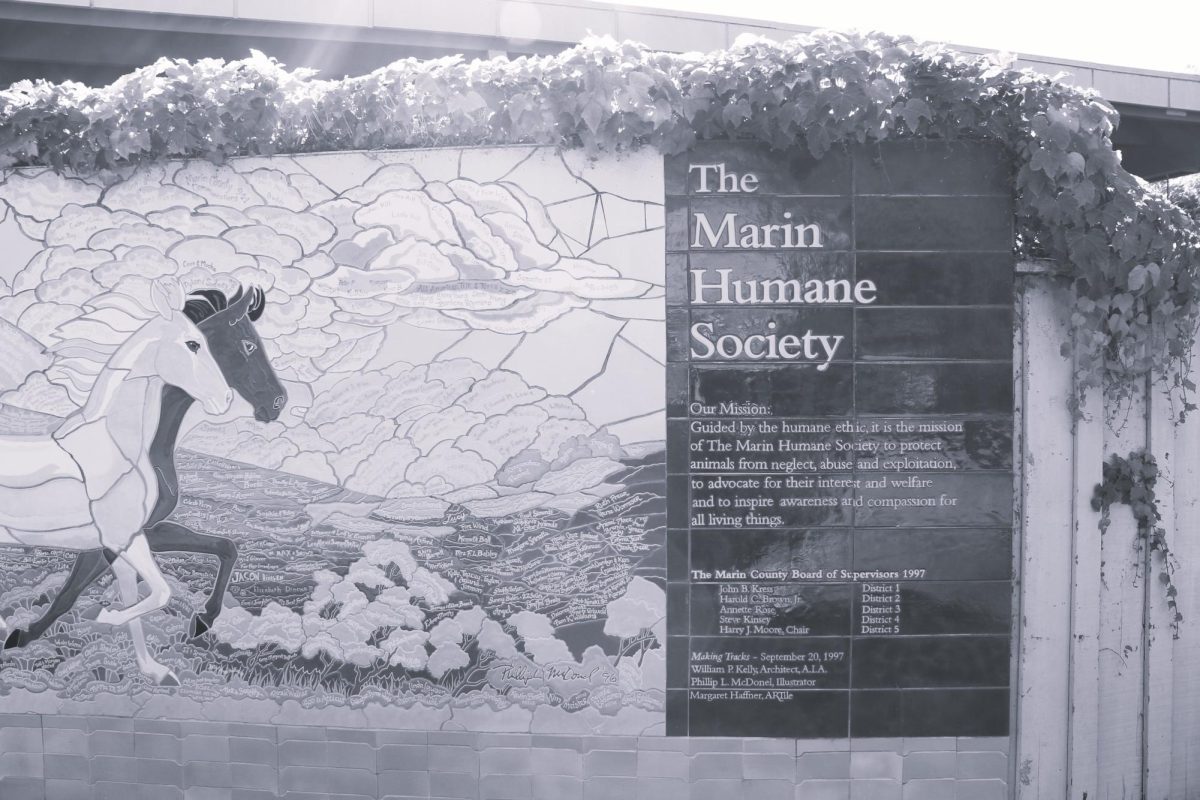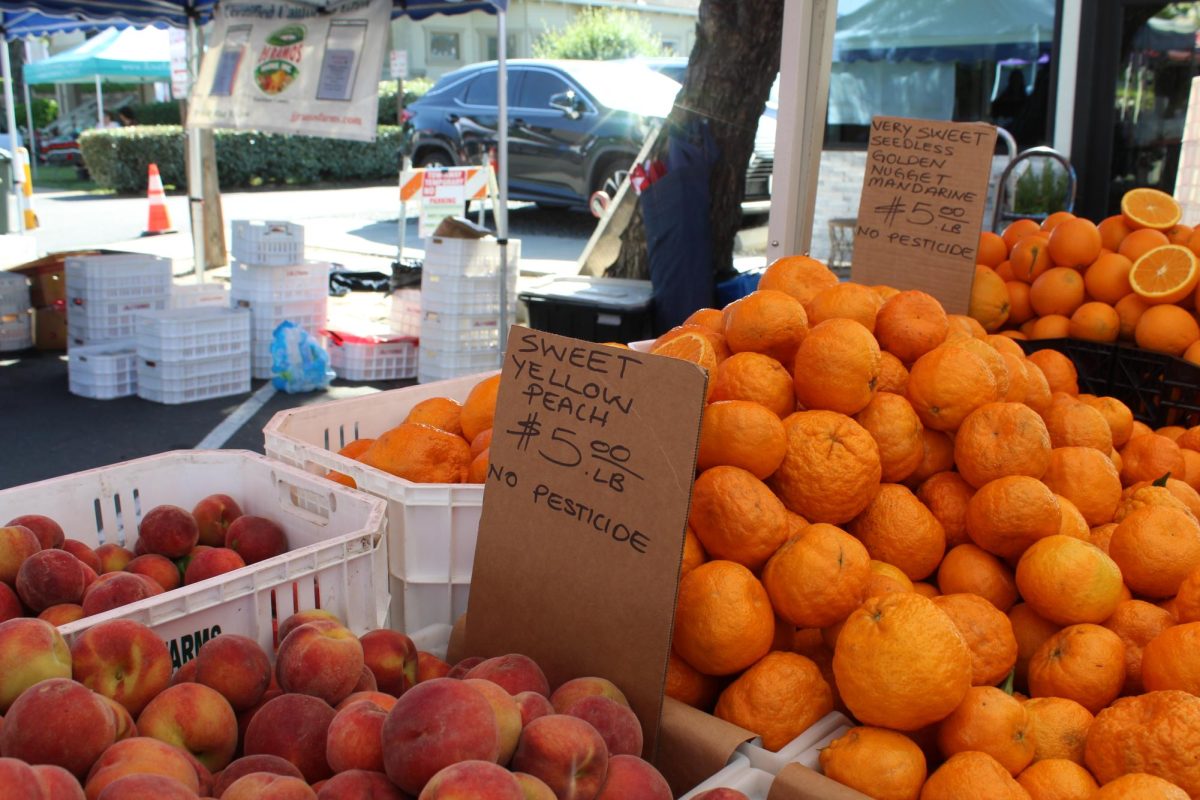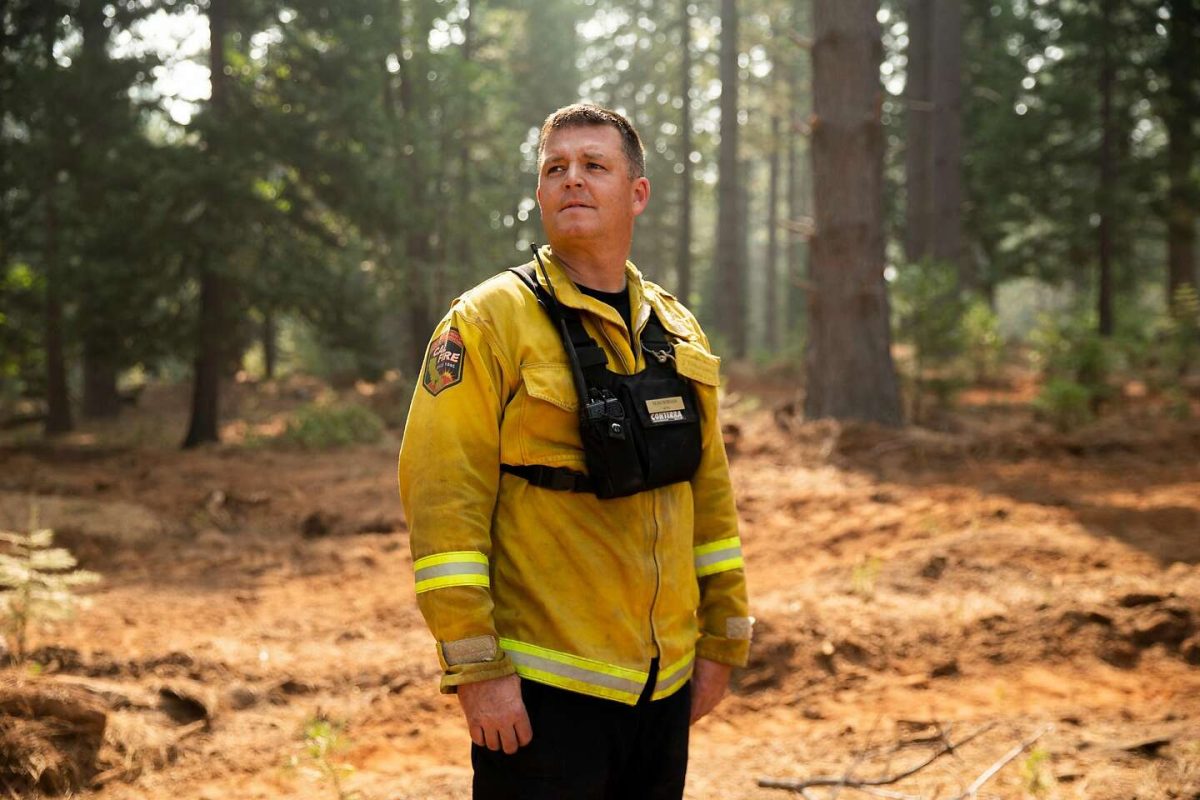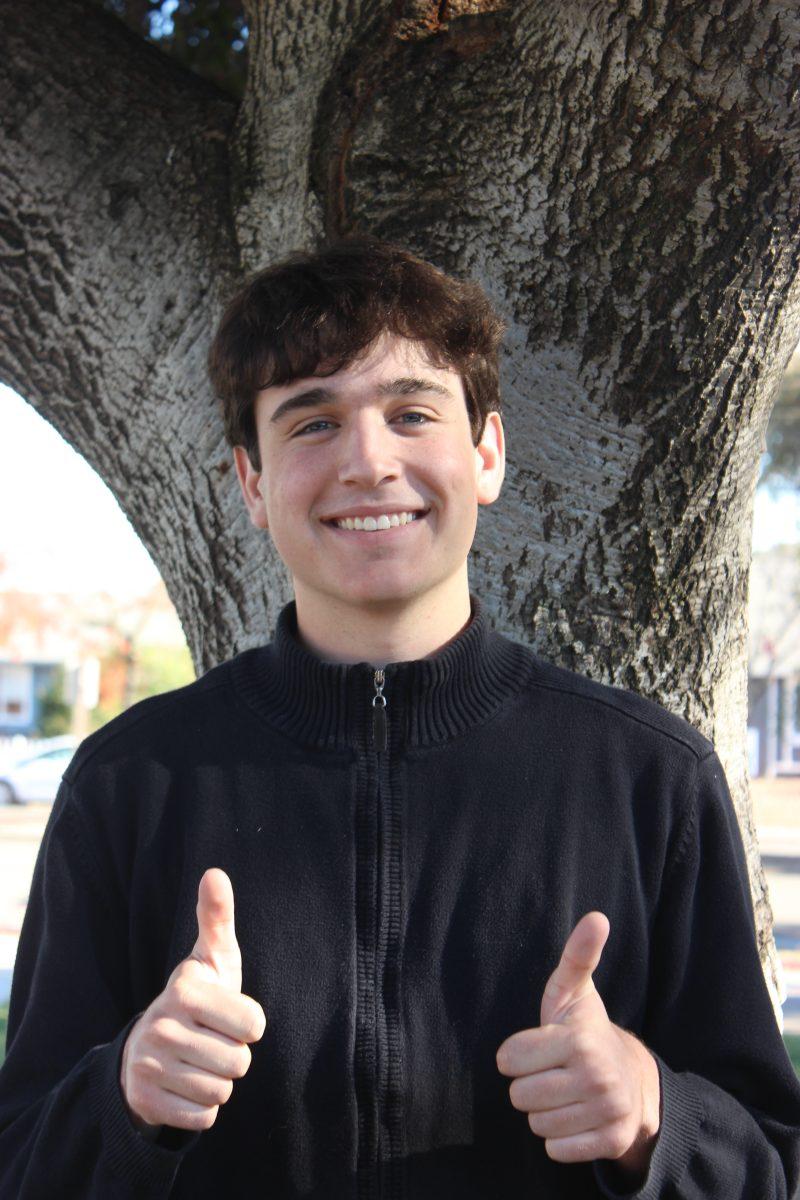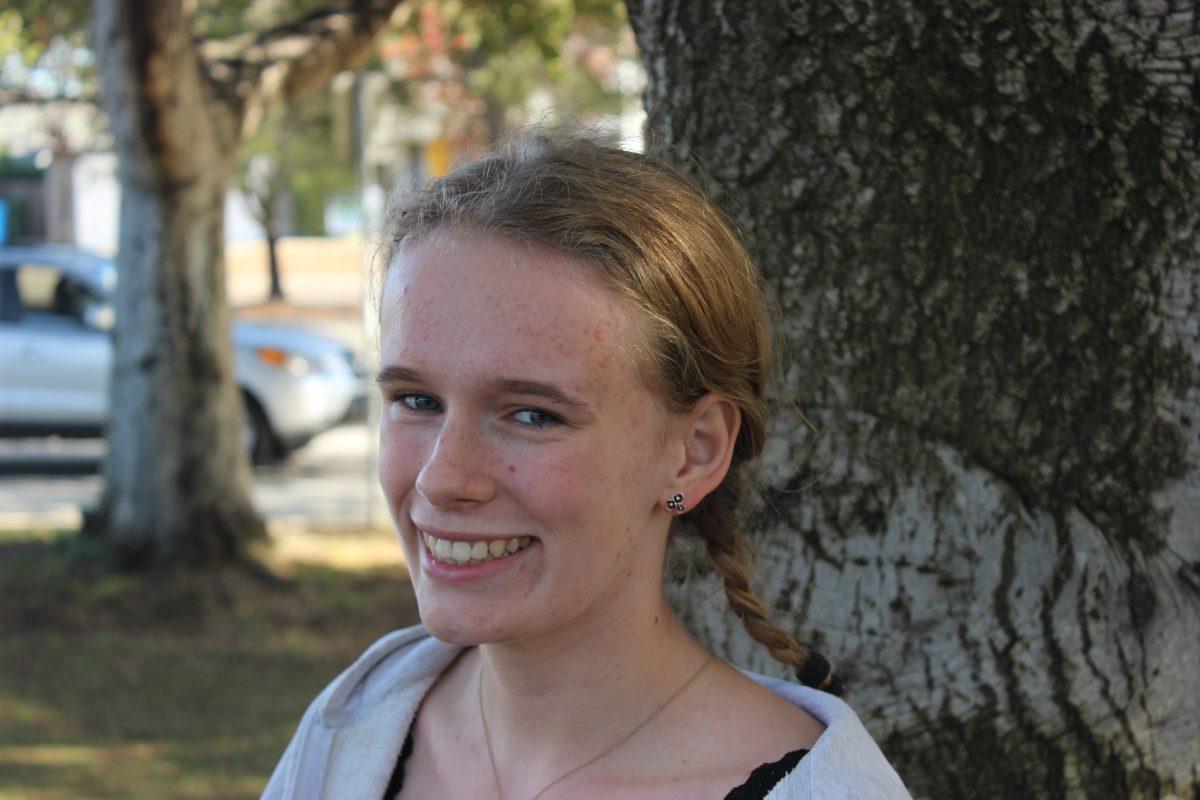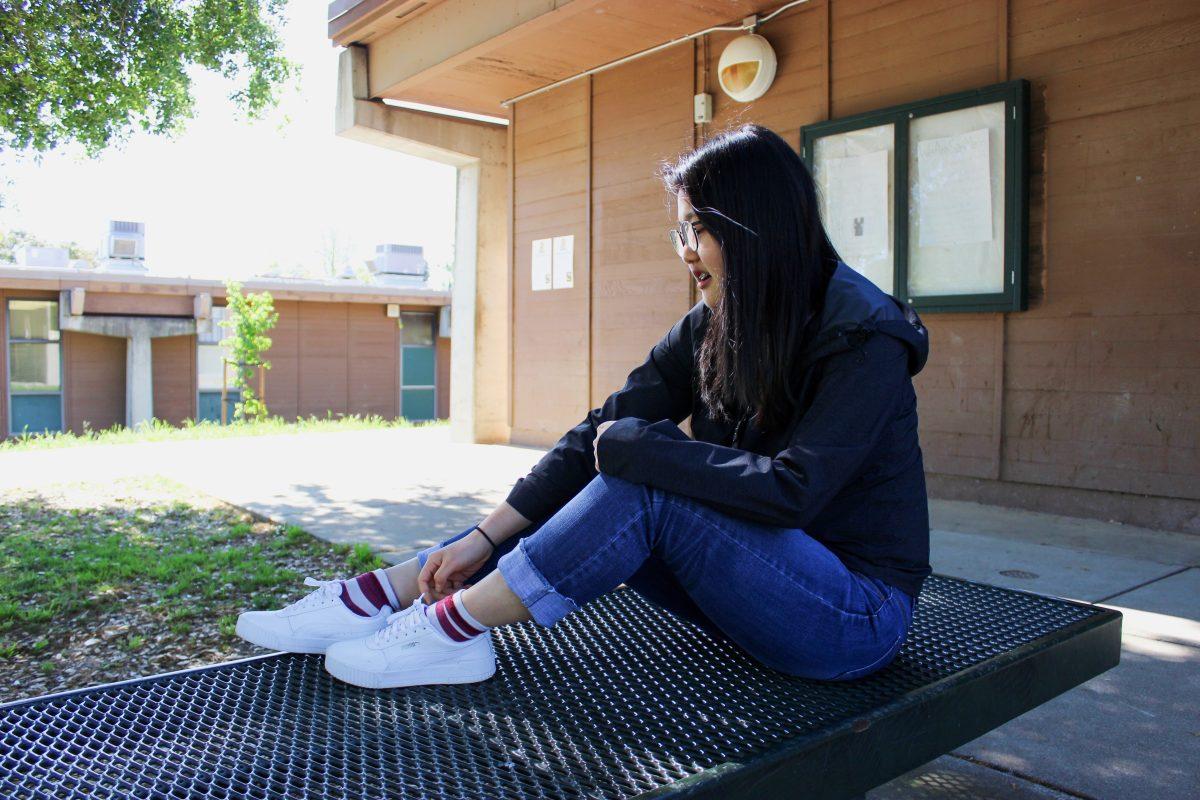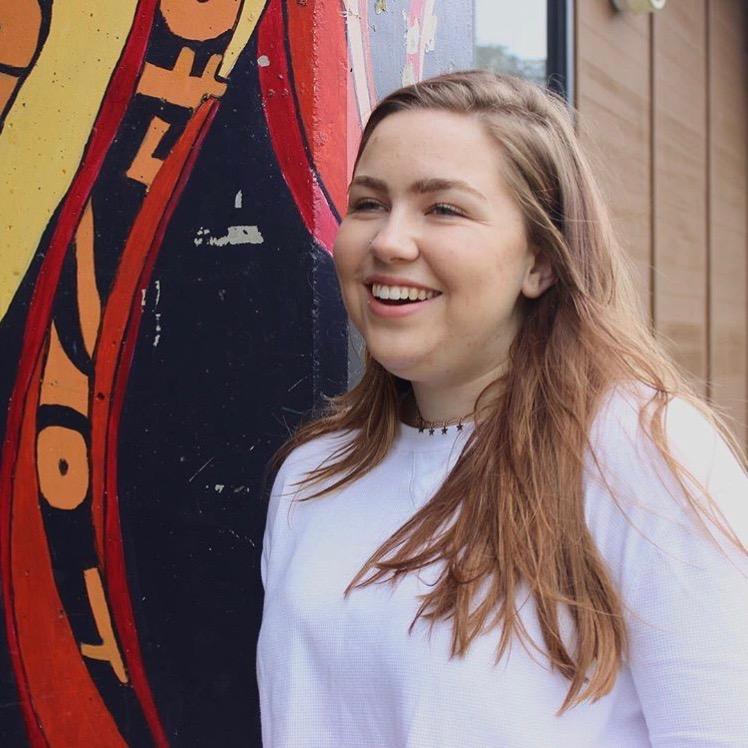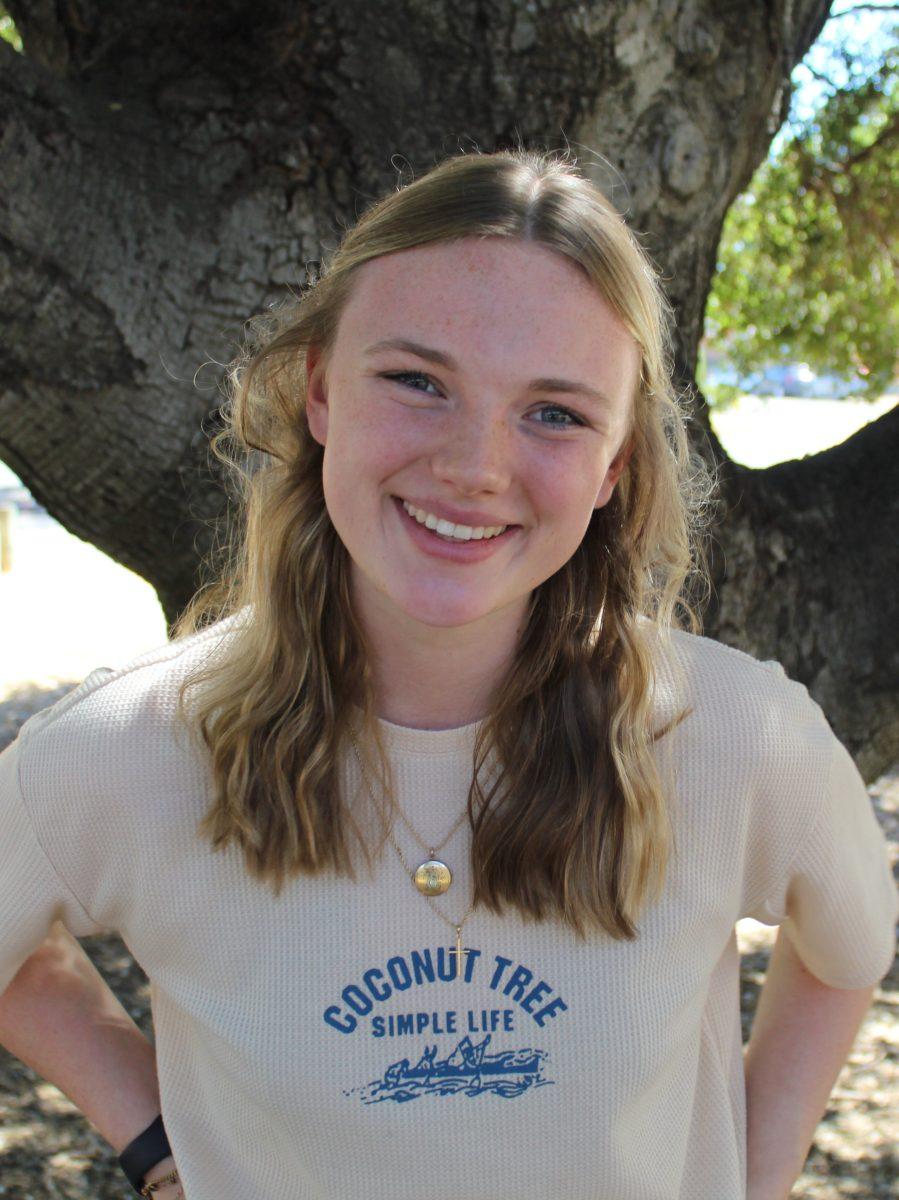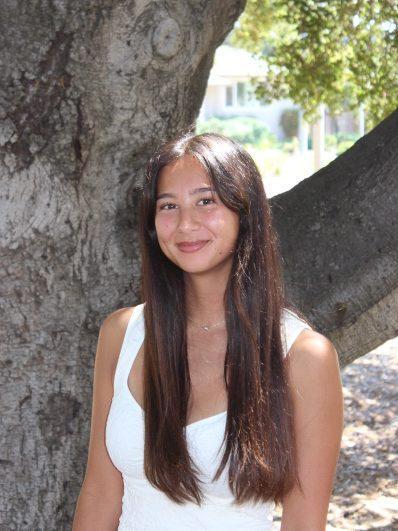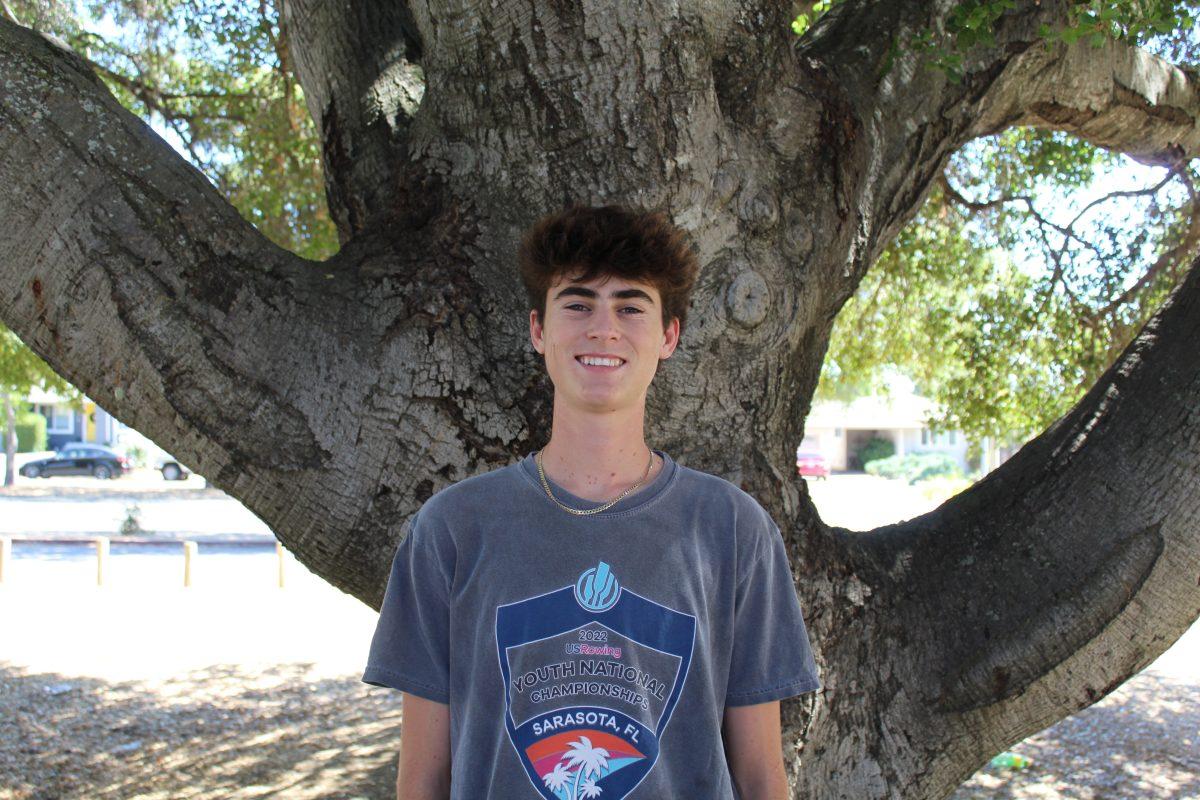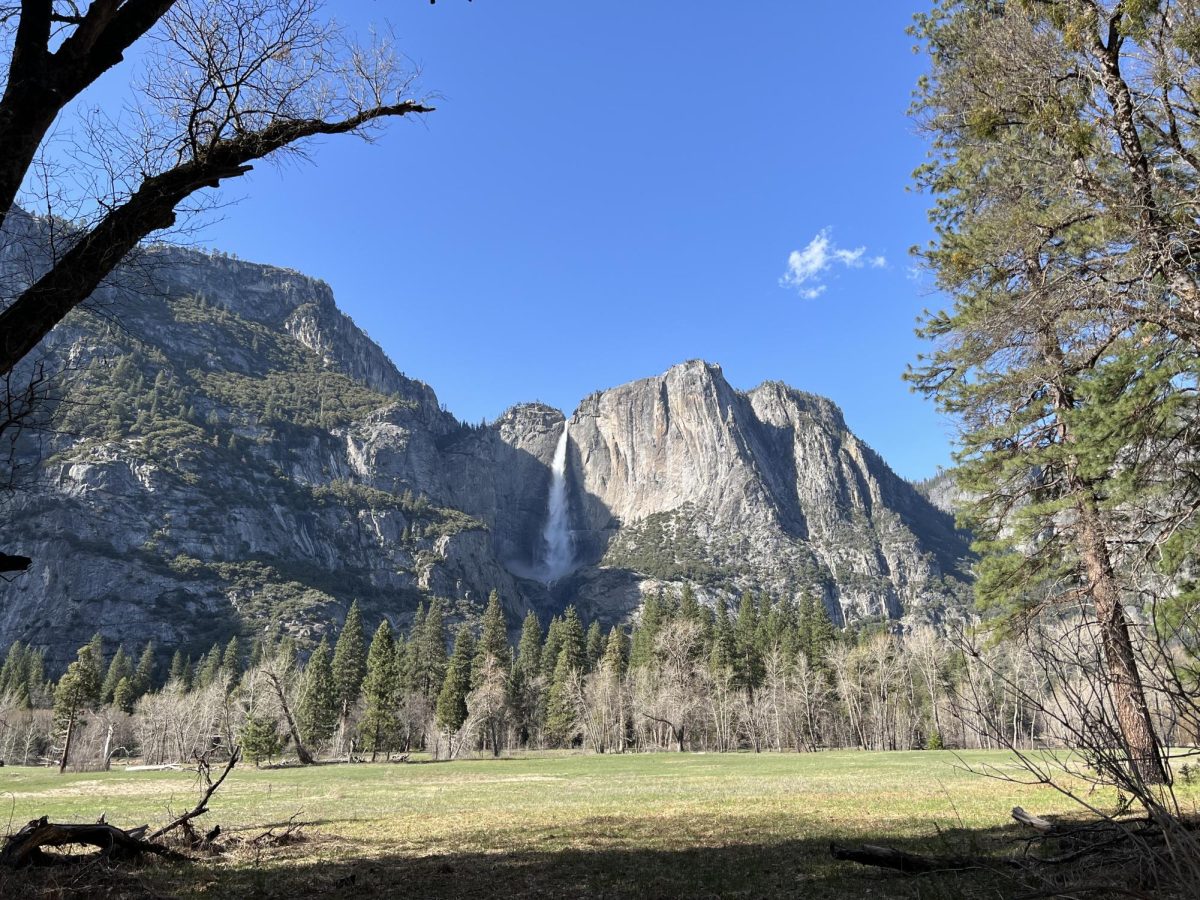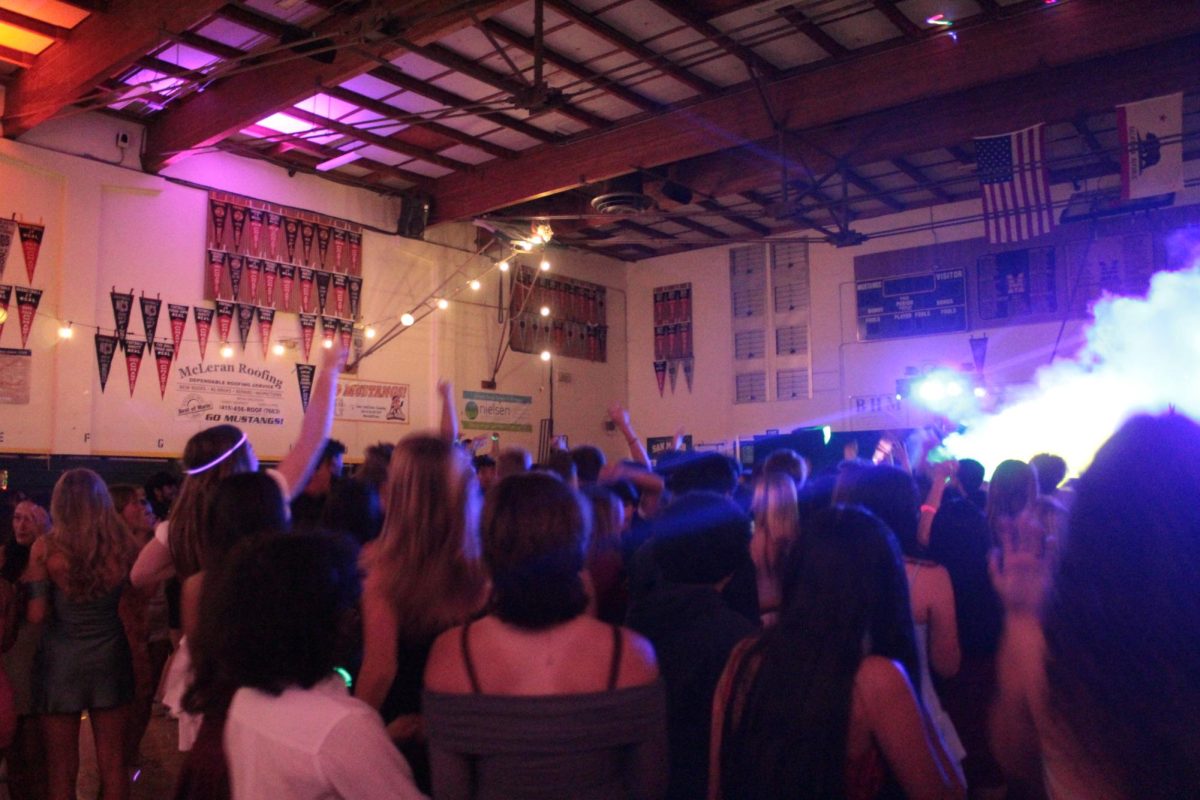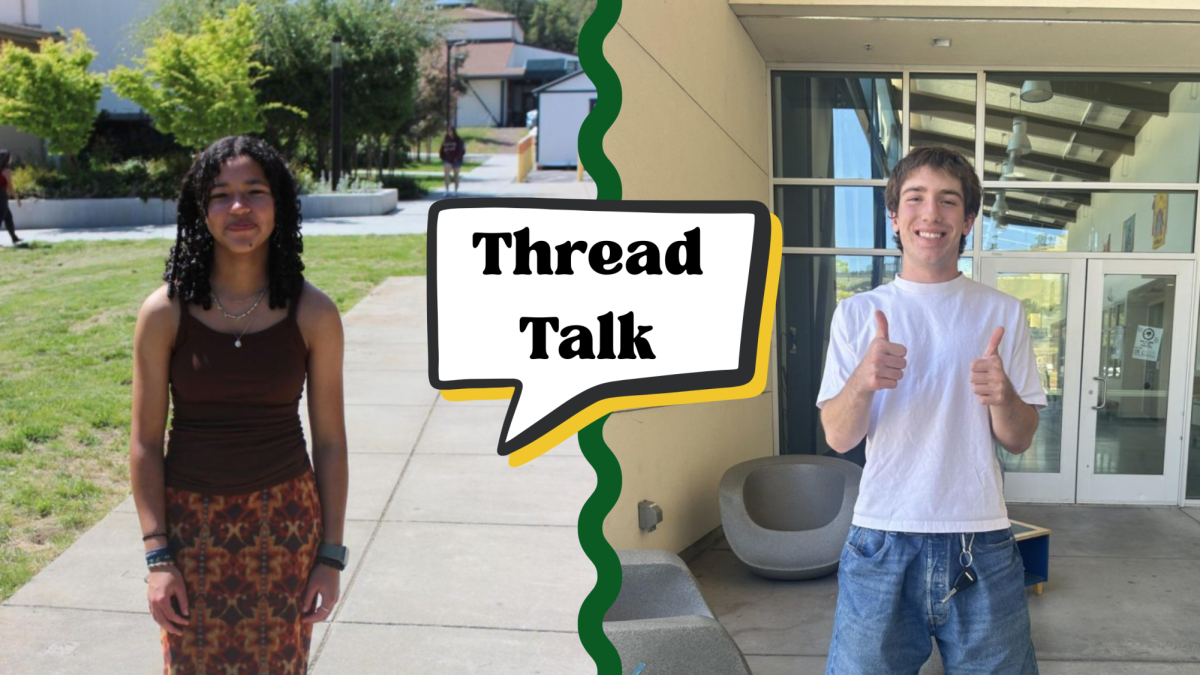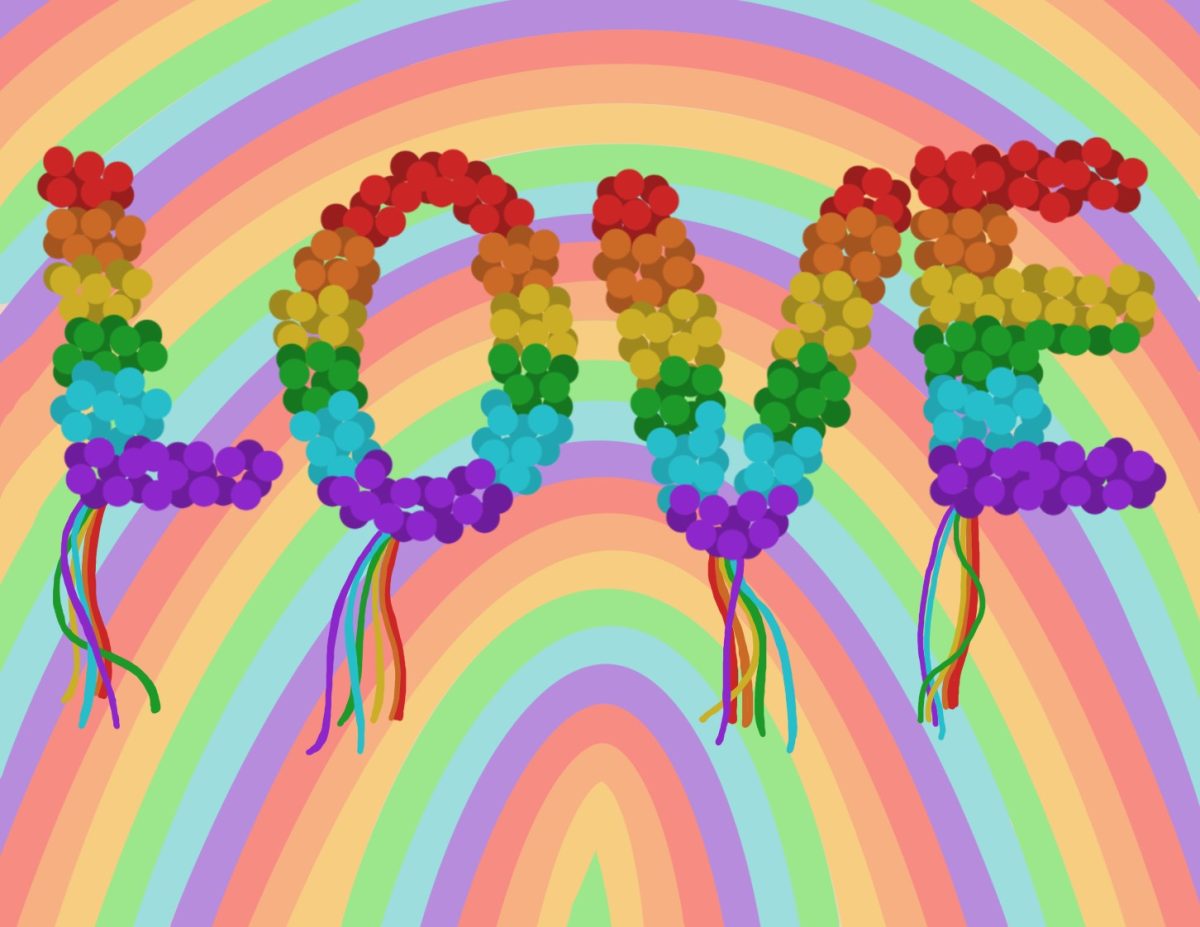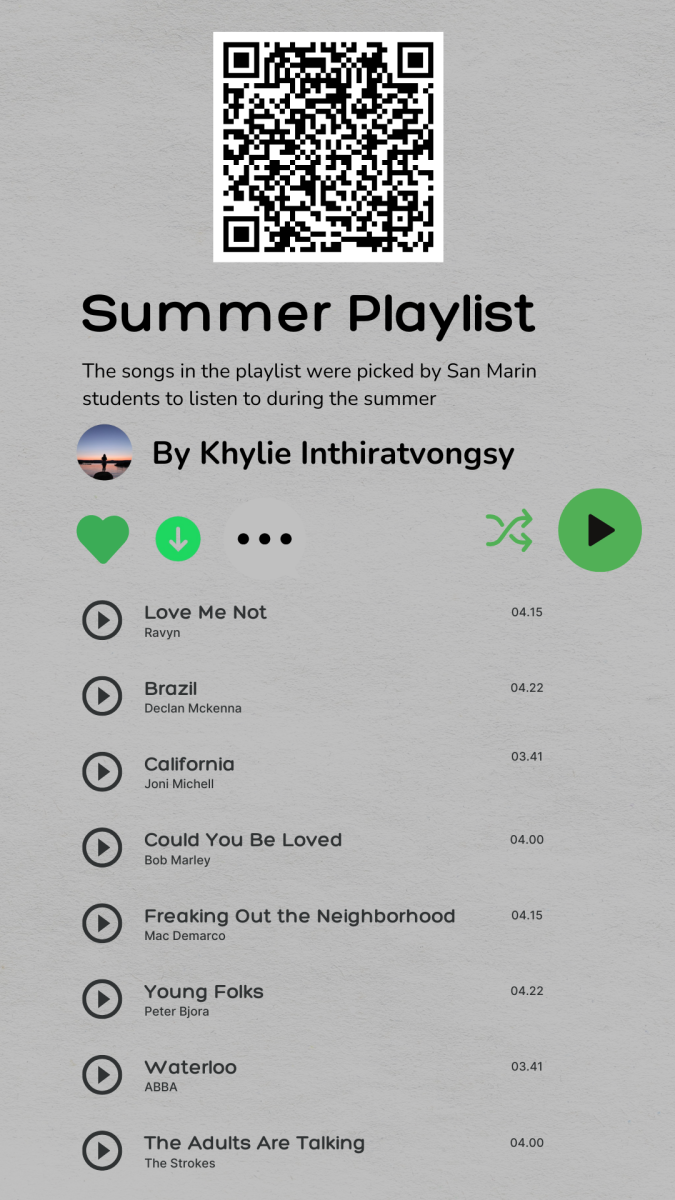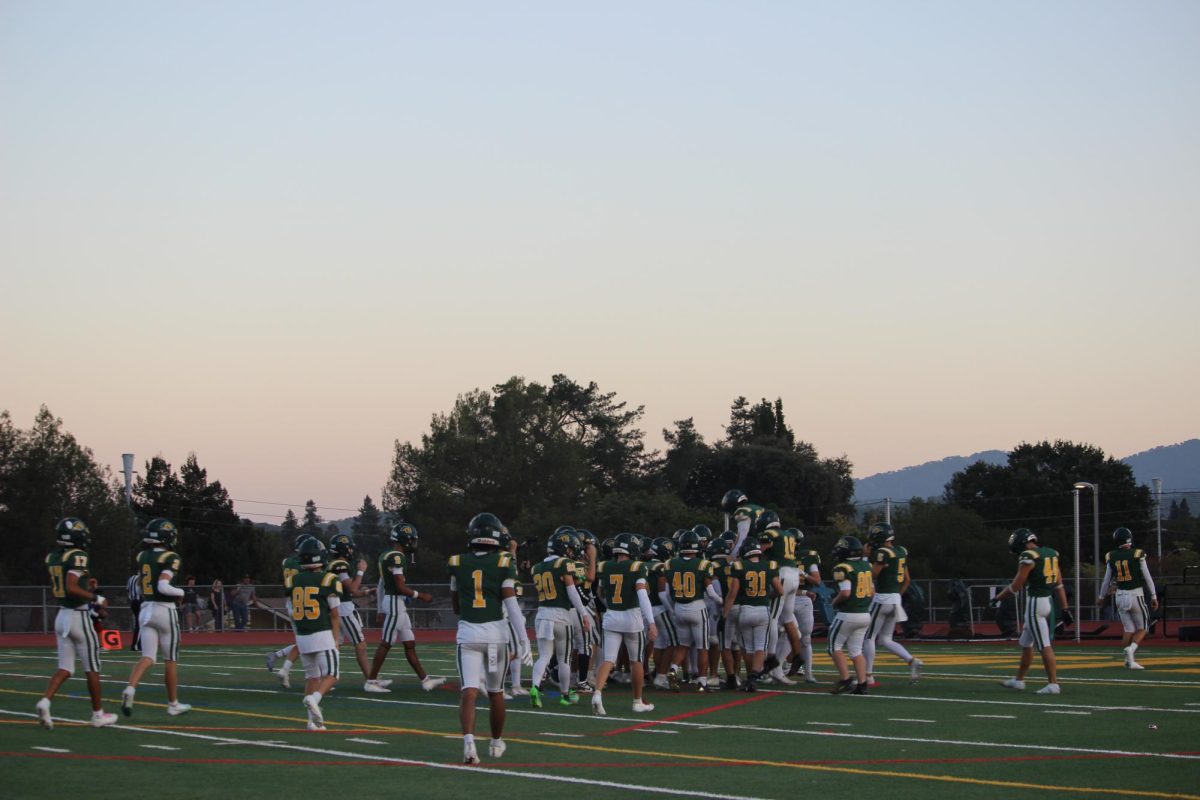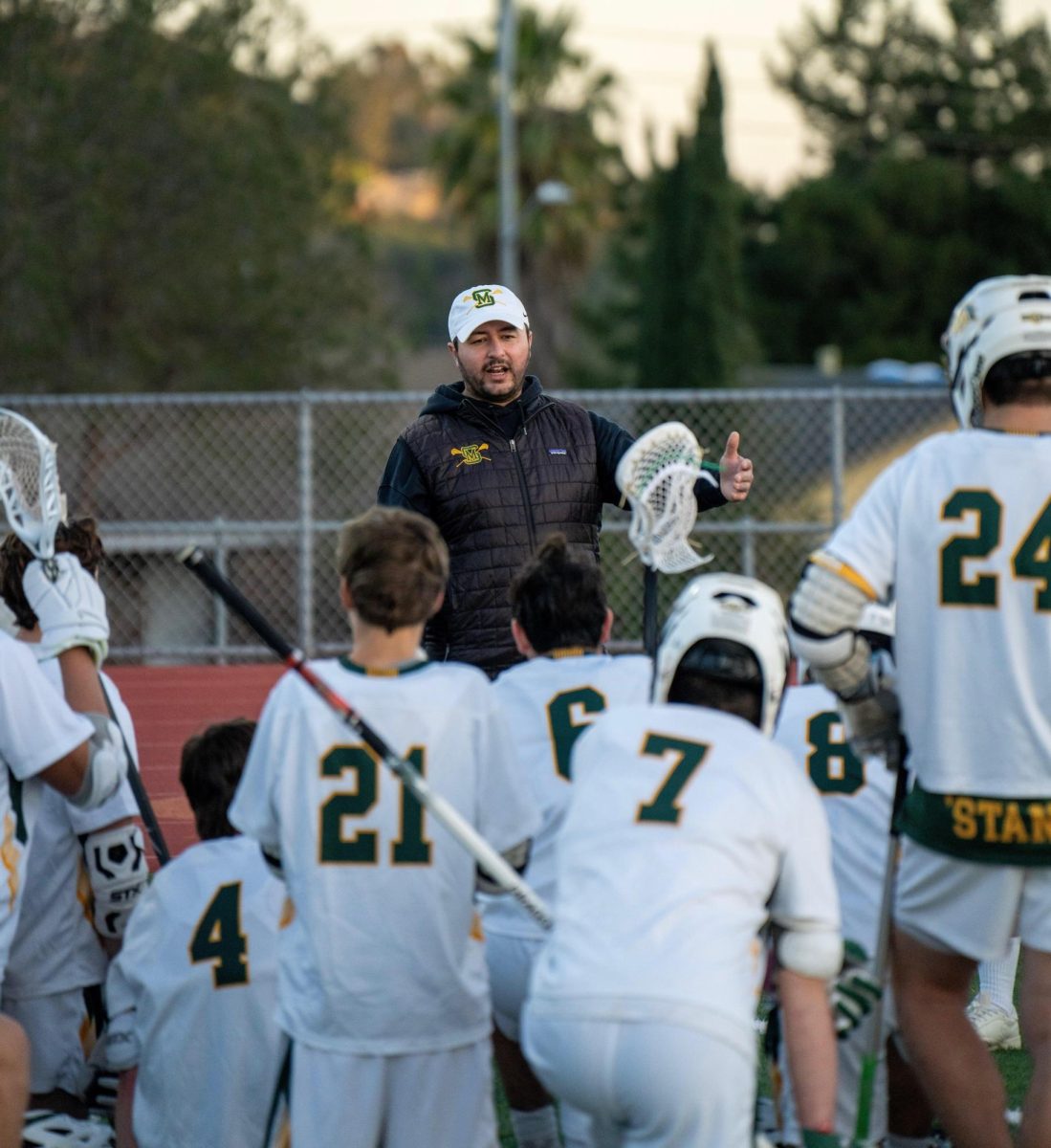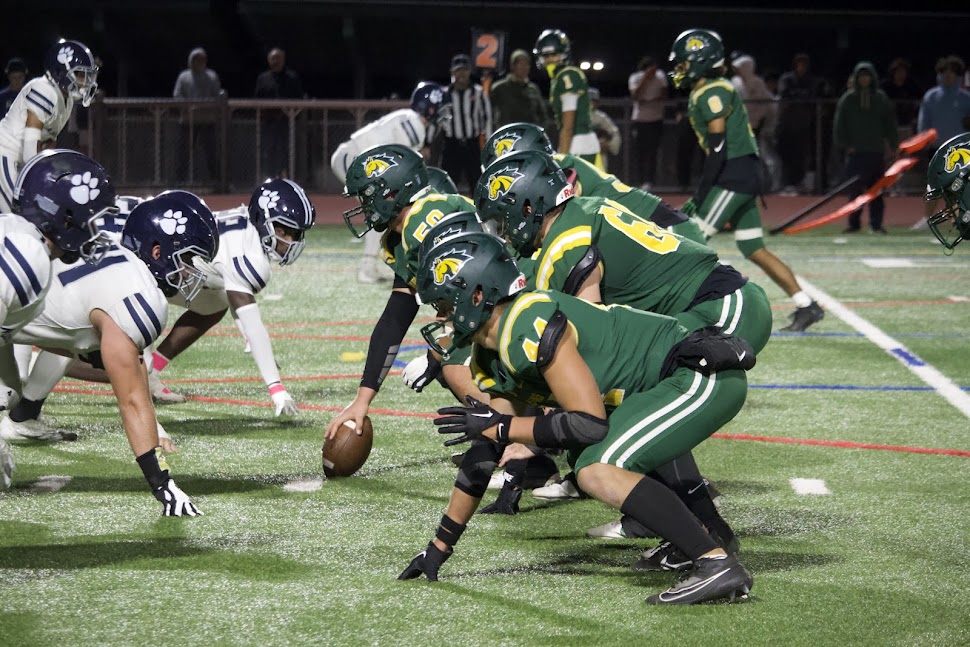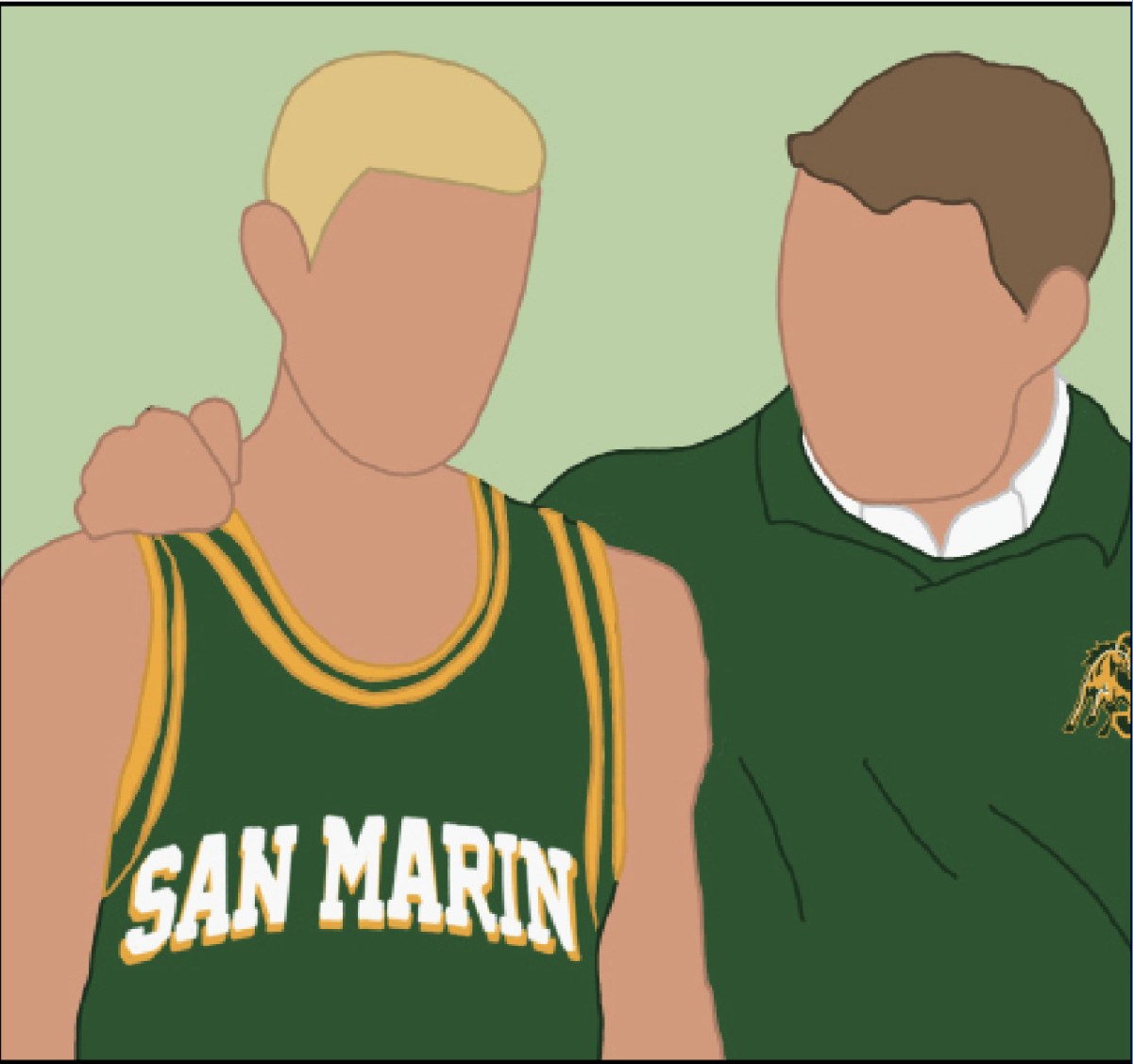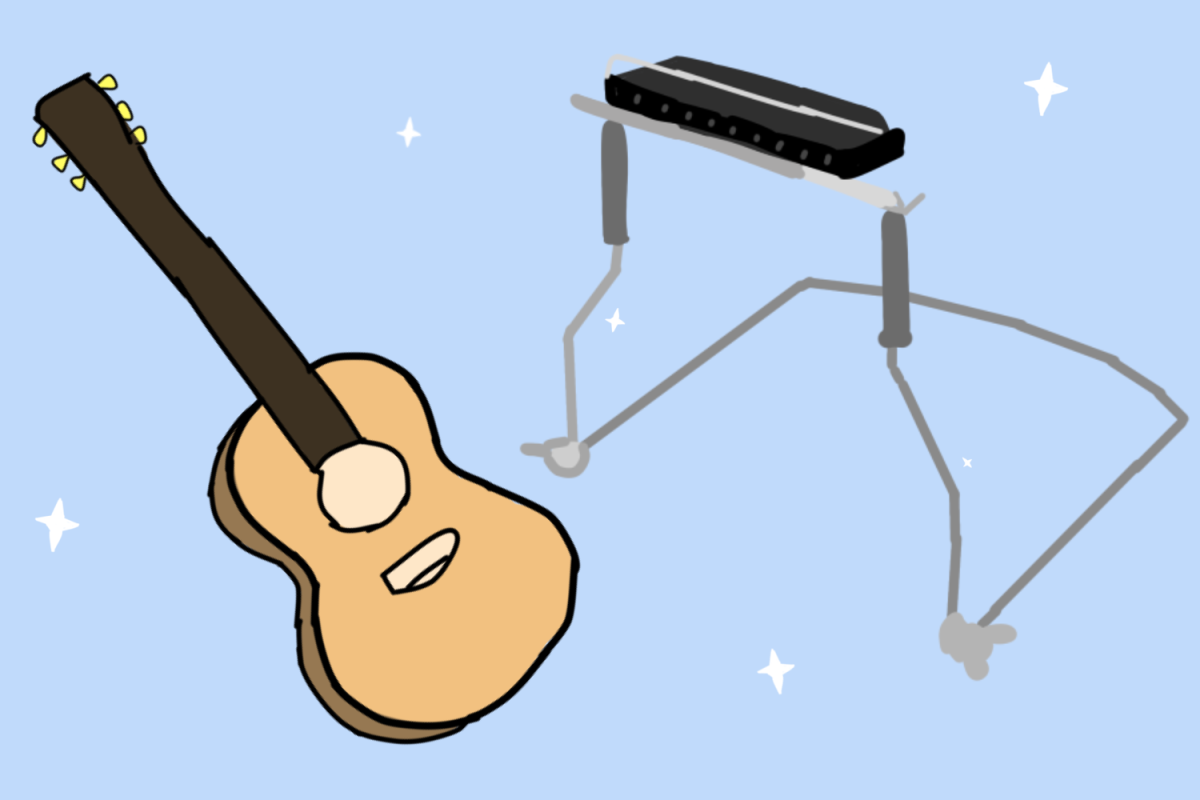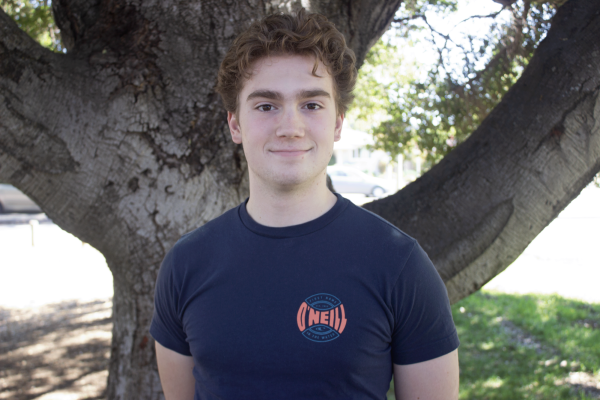Throughout generations, getting a driver’s license has been viewed as the first step toward independence. Since the early 1900s, the American driving age has been 16. But the experience of getting a license has changed.
Until 1990, California had a funded program that gave students free drivers education and behind-the-wheel training during school hours (SFGate).
Kelsey Wright, a San Marin senior, procrastinated getting her license due to conflicts with school.
“I was 16 when I first started my permit, so I was seven months late to getting my license,” Wright said. “I turned 15-and-a-half directly in the middle of the school year and so I had zero time to even start my driver’s education. Even if I did have time, it was the last thing I wanted to do after doing homework for all my classes.”
In 1997, 43% of 16-year-olds had driver’s licenses, but in 2020, those numbers had declined to 25%, according to The Washington Post.
It has been speculated that this is a direct correlation of U.S. states canceling their in-school driving courses.
“I think that they should start teaching driver’s ed in schools
Gianna Grasso
again. It’s a lot of help to students who want to be driving soon,”
Sophomore
“I think that they should start teaching driver’s ed in schools again. It’s a lot of help to students who want to be driving soon. It’s more of an incentive to start driving,” sophomore Gianna Grasso said.
Senior Pasha Hakkak claims that his driving experience came from his own motivation.
“The government didn’t really prepare me well. It was just me going out of my own way to figure things out. I got my license and permit as soon as I could. I was locked in. I just knew from the start that I was destined to be a driver,” Hakkak said.
Students’ opinions of governmental training programs have continued to be negative.
Along with students, admin, such as math teacher Derek Piastrelli, have spoken up about driving difficulties.
“I didn’t necessarily feel pressure [to get my license]. If anything, my parents probably wanted me to get it so that they didn’t have to continue to drive me everywhere. My mom had gotten a new car before I got my license, so I received her [old] car as my own as a hand-me-down,” Piastrelli said.
Members of the San Marin staff recall that getting a license wasn’t very difficult when they went through the same process.
“I got my license late, in my early 20’s. I grew up in Indiana, but I’ve only noticed subtle differences between state tests. The written test was not difficult,” campus supervisor David Ireland said.
Piastrelli also mentioned little difficulty of the driving test.
“The behind the wheel test is all about obeying the rules of the road. Make sure to respect all traffic laws, observe your surroundings, and it’s not too difficult,”
Derek Piastrelli
Math teacher
“If you study, the written test is mostly common sense, but there are some nuances with driving that you need to know in order to pass,” Piastrelli said. “So you need to do some studying, but it isn’t too difficult. The behind the wheel test is all about obeying the rules of the road. Make sure to respect all traffic laws, observe your surroundings, and it’s not too difficult. The most difficult part was the parallel parking component.”
The issues each individual may face with driving mostly vary. The written California driving test has had varying pass and fail results. In 2023, 56.9% of students failed the written test on their first try. This was a rise of 17% since 2020, according to The Sacramento Bee. The written test was the hardest in 1998 when California saw a 63.9% fail rate. To combat this, the Department of Motor Vehicles adopted the standard three-question multiple choice response, instead of the previous four-question response.
It is unknown if the DMV plans to implement any future balances. The actual in-person test has remained relatively unchanged, besides the removal of parallel parking in the California testing process.
While there is no one straight answer for why less students are getting their licenses, it can be seen as one of the many generational changes between Gen Z and their parents.
